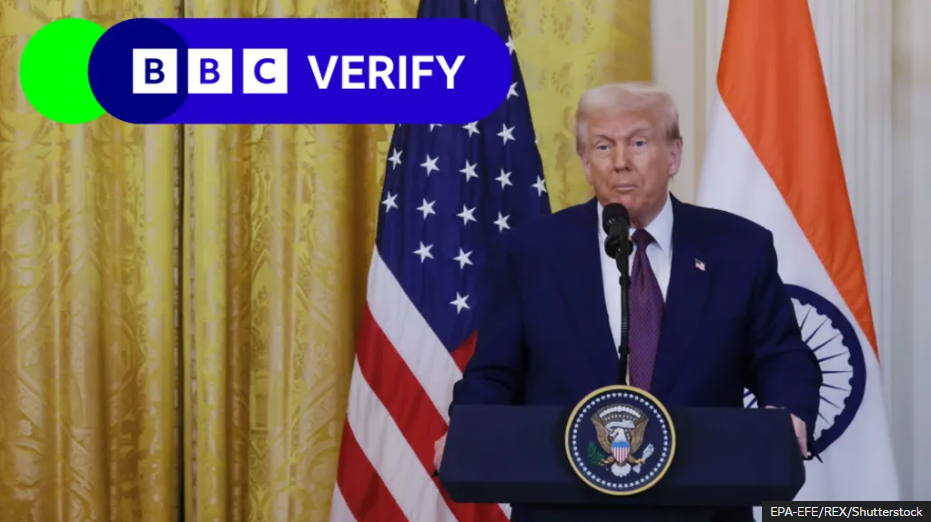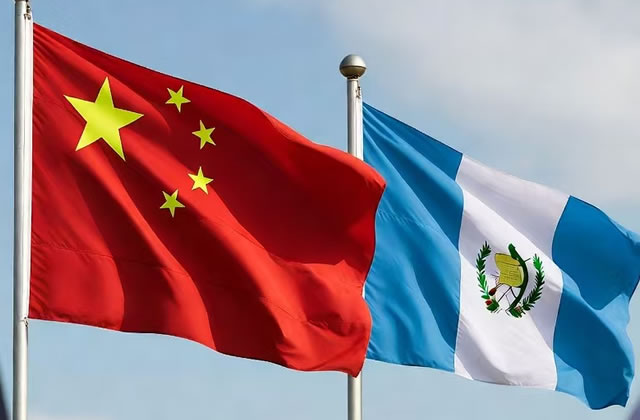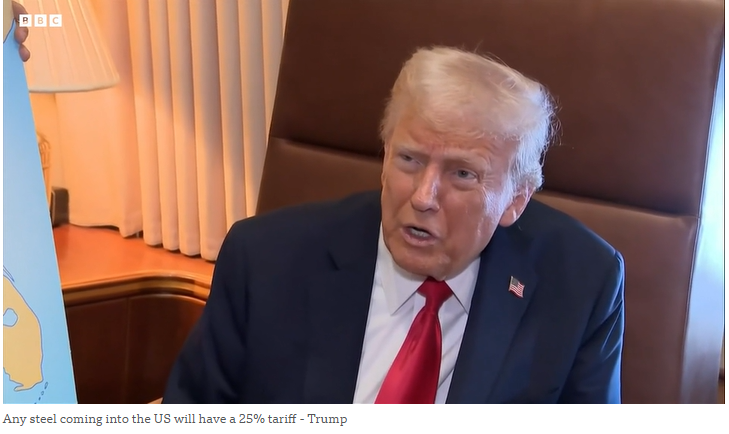Donald Trump has ordered his team to develop a plan to impose a new set of tariffs on goods entering the United States.
Trump hopes to introduce "reciprocal tariffs," which refer to tariffs imposed on American imports at rates similar to those imposed by other countries on goods imported from the United States.
The President stated that other countries often impose higher tariffs on goods imported from the United States than the United States, and believes that the United States has been "unfairly treated by trading partners, whether friends or enemies".
BBC Verify has investigated whether he has a valid reason.
How do countries impose tariffs on imported goods?
Firstly, it is important to understand Global trade rules.
According to the membership provisions of the World Trade Organization (WTO), countries are allowed to impose tariffs on imported goods.
These tariffs may vary depending on the imported goods.
Therefore, for example, a country can impose a 10% tax on rice imports and a 25% tariff on car imports.
But according to WTO rules, when imposing tariffs on specific imported goods, they should not discriminate against countries.
Therefore, for example, Egypt will not be allowed to impose a 2% tariff on wheat from Russia, but a 50% tariff on wheat from Ukraine.
This is known as the "most favored nation" principle in international trade: countries that impose tariffs must impose the same tariffs on everyone.
There is an exception when two countries sign a free trade agreement that covers most of their trade. In this case, they can not impose tariffs on the goods transmitted between them, but maintain tariffs on goods from other parts of the world.
What are the current tariffs in various countries?
Although most countries have a series of tariff rates covering different imported goods, they also Report average external tariffs to the World Trade OrganizationThis reflects the overall average tariff rate applicable to all imported goods.
In 2023, the average external tariff of the United States is 3.3%.
This is slightly lower than the average tariff of 3.8% in the UK.
This is also lower than the EU's average tariff of 5% and China's average tariff of 7.5%.
The average tariffs in the United States are much lower than those of some other trading partners.
For example, India's average tariff is 17%, while South Korea's is 13.4%.
The average tariffs in the United States are lower than those in Mexico (6.8%) and Canada (3.8%), although trade agreements between the United States and these countries mean that their exports are not subject to tariffs. The same goes for South Korea. The United States has signed a free trade agreement with South Korea
However, broadly speaking, it is reasonable for Trump to point out that some countries have higher average import tariffs than the United States.
These tariffs have pushed up the cost of many products exported by the United States to these countries, which can be said to put American exporters at a disadvantage compared to exporters from these countries who sell products to the United States.








